
The Russian blue cat is a loyal, intelligent breed with a striking coat that inspired the name. This cat's short, dense hair is uniformly steel blue with an almost silvery cast, making it one of the most distinctive and beautiful cats in the world. Russian blues enjoy interacting and playing with their owners, but they can have an aloof quality that makes them less suitable for homes with rambunctious children or pets. Mellow dogs and gentle children are much preferred by this independent breed. Read on to learn more about the stunning Russian blue cat breed.
Personality: Friendly and intelligent but aloof, may be reclusive around strangers
Weight: Up to 12 pounds
Length: Up to 24 inches
Coat Length: Short Hair
Coat Colors: Steel blue
Coat Patterns: Solid
Eye Color: Green
Lifespan: Up to 20 years
Hypoallergenic: Somewhat
Origin: Russia
The Russian blue is a medium-sized cat breed that reaches maturity at about a year old. They are typically friendly and enjoy being near familiar people in calm surroundings. If strangers, rowdy dogs, or overly affectionate kids approach, though, the Russian blue is likely to retreat for the safety of a hiding spot where it will stay until the environment has returned to normal.
The Russian blue’s trademark coat is a shimmery blue with a silvery cast. The short, dense, plush coat is wonderfully easy to care for, requiring minimal grooming. The coat naturally does not shed much. Occasional brushing will keep the coat soft and silky.
Even more striking perhaps than the Russian blue’s coat are their large, wide-set, emerald-green eyes. The wedged shape of the head and face gives the Russian blue a charming expression that makes it look like they're perpetually smiling.
The medium-sized Russian blue cat is fine-boned and elegant, but ideally lean and muscular as well.
Although the Russian blue’s full breed history is not known, these cats are thought to have originated on Archangel Island (Arkhangelsk) in northern Russia where they were once called Archangel cats. They were favored by the Russian czars.
Upon gaining popularity among the Russian royalty, the beautiful blue cats were shipped to many parts of Europe. Russian blues were among the contestants of the very first cat shows held in England in the 1880s.
In the United States, the Russian blue is recognized by the Cat Fanciers’ Association and The International Cat Association.
The Russian blue’s trademark coat is easy to care for, requiring minimal grooming. Because they shed less than other cats, occasional brushing is optional. The Russian blue frequently appears on lists of hypoallergenic cat breeds. Although no cat breed is truly non-allergenic, it seems that some allergy sufferers can live successfully with certain cat breeds, including the Russian blue.
Trim your Russian blue’s nails regularly and check inside the ears for dirt and debris on a weekly basis. If you see a little debris in the ears, use a gentle pet ear cleaner to wipe them out with a cotton ball or soft gauze (never use a cotton swab).
Russian blues are intelligent cats. They're entertaining and playful and can be trained to play fetch. Although not a particularly vocal breed, they usually will respond when talked to and encouraged to "talk" back.
For exercise, make sure your cat has a few scratching posts for some necessary stretching and claw maintenance. This breed can keep busy and exercise on its own, which is great for families that maintain a busy lifestyle. Regulate weight by controlling the portions of cat food. If your cat starts to get pudgy, reduce the food given and talk to your veterinarian about their diet.
Although some purebred cats are prone to certain hereditary diseases, the Russian blue is generally healthy with no known genetically linked disorders.
The breed enjoys a long life span, often living into the upper teens or longer. Work with your vet to make sure your Russian blue is up to date on its vaccines, annual exams, routine testing, and dental care.
It's always recommended that you speak with your veterinarian about the best food to feed your Russian blue. The Russian blue is known to love eating, so one thing to watch out for is overfeeding. Keeping your cat lean is the best way to avoid weight-related health issues like diabetes, heart disease, and arthritis.
Feed your Russian blue measured amounts of cat food at regular meal times two to three times a day. Although leaving food out all day may be convenient, it can lead to constant snacking, which can contribute to an overweight cat. Always have fresh water available 24 hours a day.
If you like the Russian blue cat and want to learn more, check out the International Cat Association's list of Russian blue breeders near you so you can ask more questions and meet a Russian blues in person.
You can also try to find a cat show in your area. Cat shows are great fun and a wonderful way to learn about many different cat breeds from breeders and owners.
You may be able to find a purebred Russian blue cat through a breeder in your area, but if you'd rather adopt from a rescue facility, check out these organizations:
These graceful cats are gentle and sweet. Although Russian blues can be shy around strangers, they absolutely adore their owners. If you are looking for a cat who will greet you at the door, follow you around the house, and sit next to you on the couch, the Russian blue meets these criteria. What's more, they are some of the most beautiful cats among the pure breeds because of their shimmering blue-gray coats and emerald-colored eyes.
Often tolerated by people with cat allergies
Gentle and kind
Generally healthy and long-lived
Can be shy around strangers or commotion
Not as cuddly as some cats
Can become obese if overfed
If you’re interested in similar breeds, check out:
Otherwise, check out all of our other cat breed profiles.
These cats can be very affectionate with people they love, but they may be wary or aloof around strangers.
A purebred Russian blue can cost anywhere between $500 and $3000.
Russian blue cats shed less than most other cat breeds and are usually well tolerated by people with cat allergies.

Is Neosporin Safe for Cats?
A brief summary of concerns a cat owner should be aware of before putting Neosporin on their cat, plus tips for things they can use at home instead.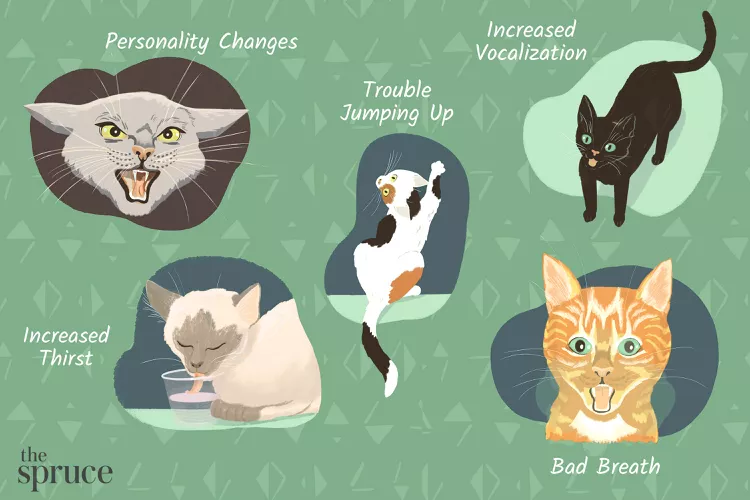
18 Warning Signs That Your Cat Is Crying for Help
How can you tell if your cat is sick? Learn about the warning signs indicating your cat is crying for help and find out what to do about them.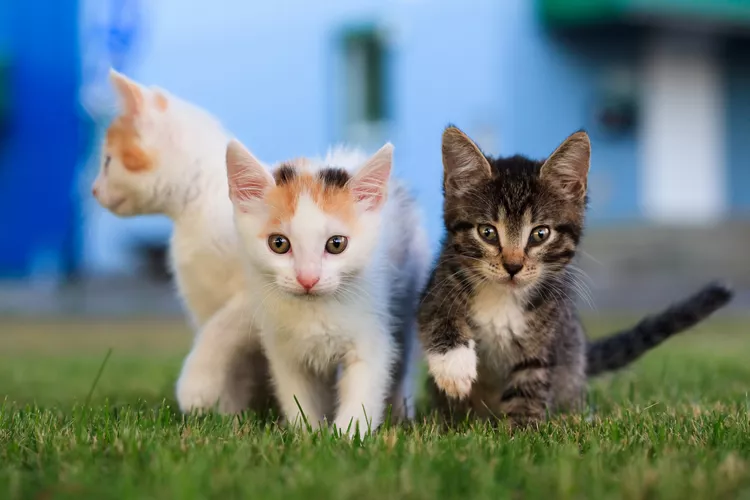
Chlamydia in Cats
Chlamydia in cats is a bacterial infection primarily affecting the eyes, which can cause conjunctivitis. Learn the causes, treatment, and prevention.
Why Does My Kitten Bite Me? How to Stop Biting and Scratching in Kittens
Why does your kitten bite you? Play aggression is often the cause, but there may be other reasons for the scratching and biting. Here’s what to do if your cat bites and scratches you, including how to stop it.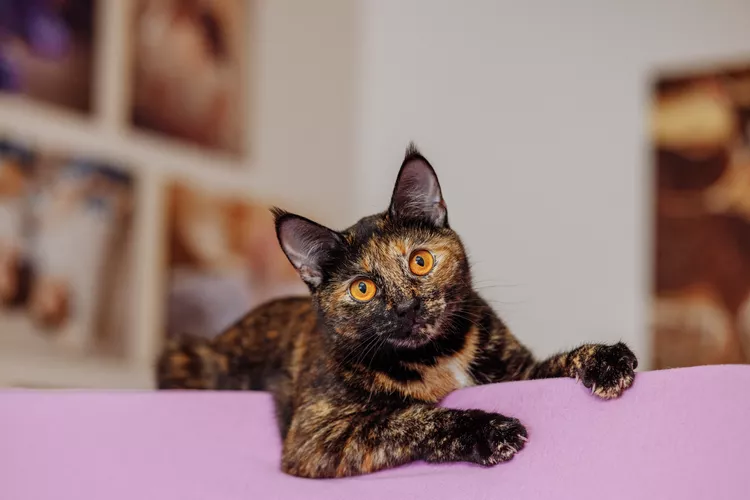
200 Tortoiseshell Cat Names for Your Bi-Colored Kitty
Tortoiseshell cats are a rare phenomenon and deserve a fitting name. We've pulled together 200 tortoiseshell cat names, including male names, female names, cute names, and names inspired by their coat color and pattern.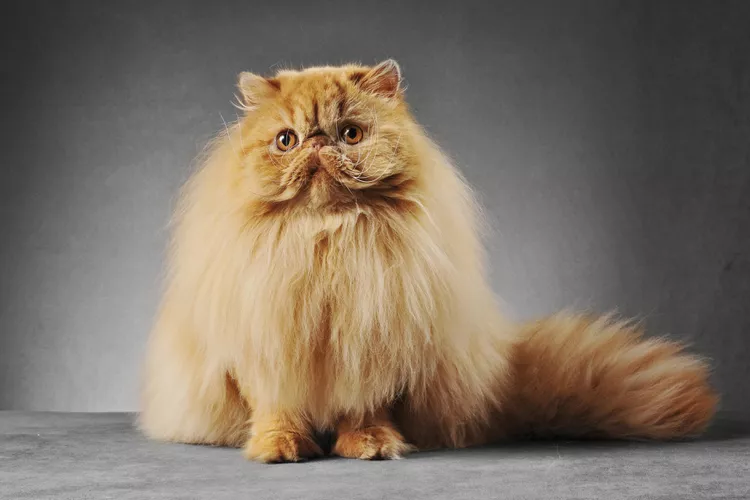
12 Fluffy Cat Breeds Perfect for Endless Cuddles
If you like long-haired cats and don't mind daily (or almost daily) brushing, you’ll love these fluffy cat breeds.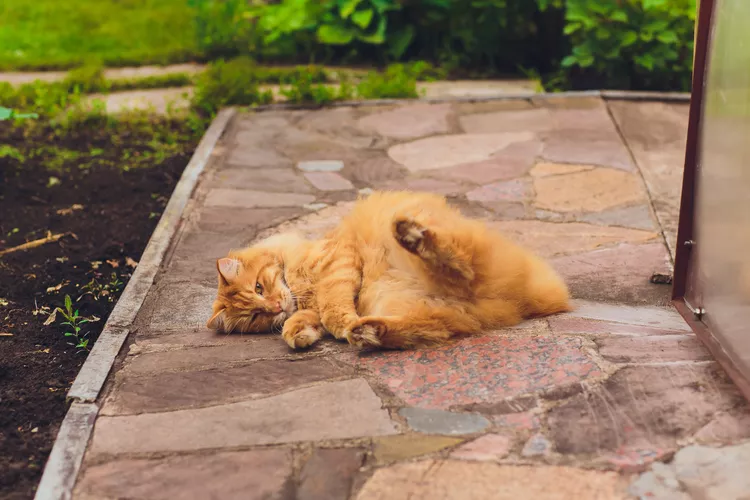
10 Unique Bobtail Cat Breeds
Bobtail cat breeds, including the Manx and Cymric, result from natural genetic mutations. Learn whether one of these cats is right for you.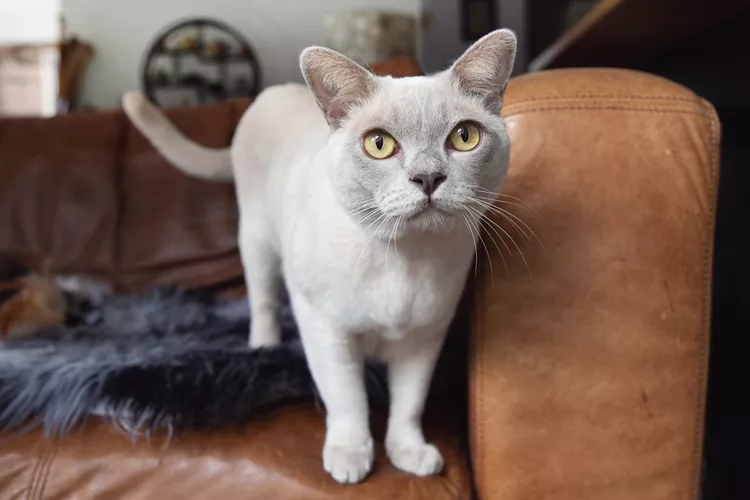
Burmese: Cat Breed Profile, Characteristics & Care
Known for their loving personality and muscular body, the Burmese loves to cuddle after a bout of kittenish playing. Learn about the Burmese breed.
Turkish Angora: Cat Breed Profile, Characteristics & Care
The elegant and silky Turkish Angora cat is a playful, affectionate, and sometimes mischievous pet. Learn about the Turkish Angora breed.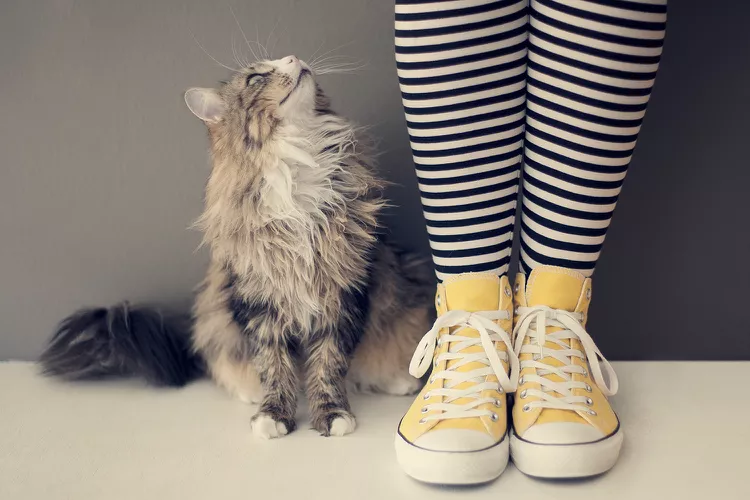
Why Does My Cat Follow Me Around Everywhere?
Cats can follow their owners around for a few different reasons. Find out what your cat is trying to tell you if they follow you around.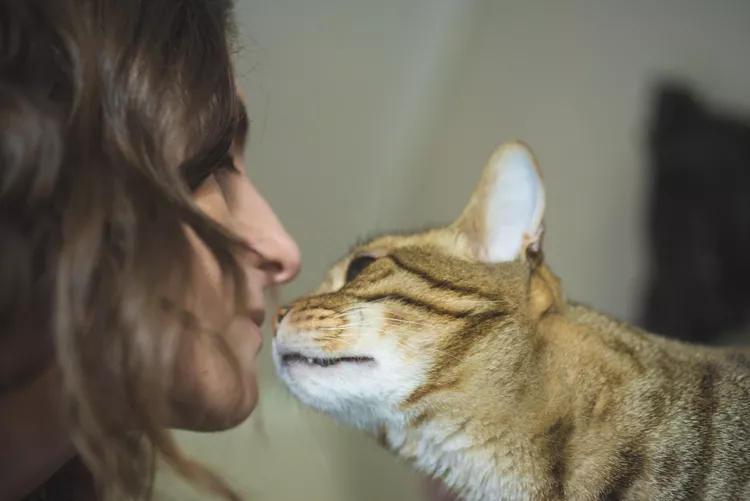
Why Does My Cat Bite My Chin?
If your cat is biting your chin, this might be a sign of affection, but it can also be caused by boredom or stress. Learn how to curb the behavior.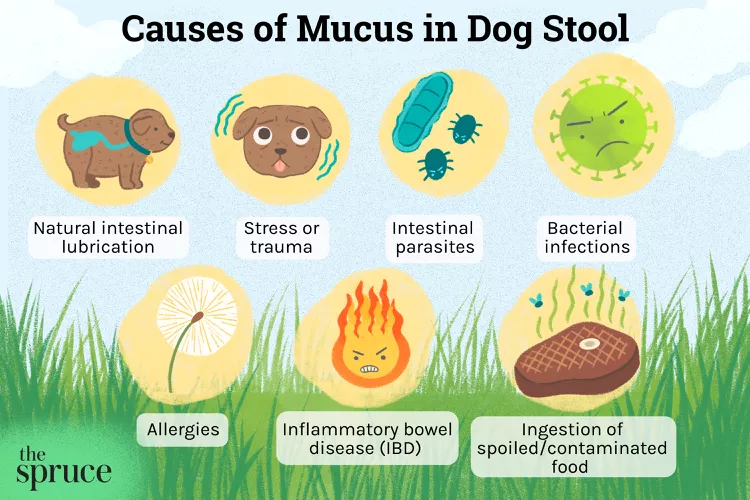
Common Causes of Mucus in Dog Poop
Seeing mucus in your dog's poop can be concerning to a dog owner. Here are common causes and treatment of mucus in a dog's stool.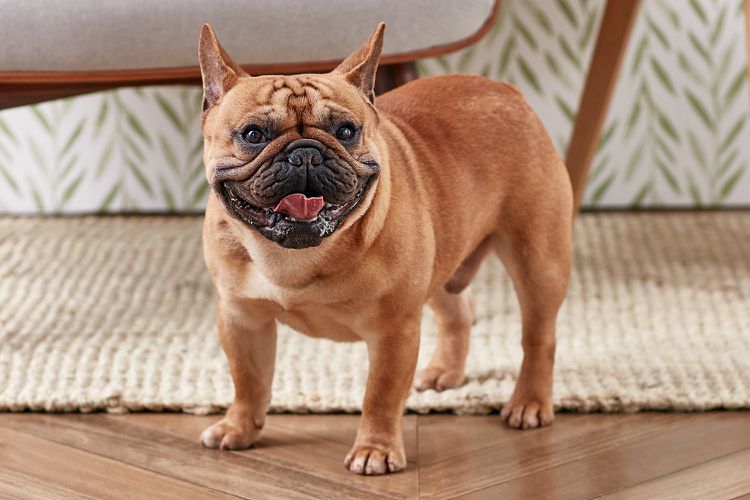
Why Do Dogs Pant?
Dogs pant for a number of reasons, including cooling, excitement, and play. But sometimes panting is a sign of a physical problem. Learn why dogs pant and what to do about it. Here’s how to tell if your dog’s panting is normal or a sign of a problem.
Intervertebral Disc Disease (IVDD) in Dogs
Intervertebral disc disease (IVDD), or a herniated disc, is a serious condition of the spinal cord. Learn the causes, treatment, and prevention.
Can Dogs Eat Watermelon?
Can dogs eat watermelon? Yes! But its important to keep certain precautions in mind. Learn the benefits, risks, and how to safely feed your dog this fruit.
Border Collie: Dog Breed Characteristics & Care
Learn about the border collie, a popular herding breed. They're a smart and energetic dog that's also a great companion to the right pet parent.
Beagle: Dog Breed Characteristics & Care
Learn about the beagle, one of the most popular dog breeds in the world. They are known for being a cheerful, comical, loud, and energetic family dog.
Bluetick Coonhound: Dog Breed Characteristics & Care
Bluetick Coonhounds are a medium-size hound that are gentle and affectionate. They are commonly used as a raccoon hunting dog.
Tibetan Terrier: Dog Breed Characteristics & Care
The Tibetan terrier is a happy-go-lucky dog with a shaggy coat. Learn more about the history, care tips, and other helpful information about the breed.
Lagotto Romagnolo: Dog Breed Characteristics & Care
The Lagotto Romagnolo is an intelligent working breed from Northern Italy and can be an adaptable and laid back companion breed.